-
Car Reviews
- All reviews
- Midsize SUVs
- Small cars
- Utes
- Small SUVs
- Large SUVs
- Large cars
- Sports SUVs
- Sports cars
- Vans
Latest reviews
- Car News
-
Car Comparisons
Latest comparisons
- Chasing Deals
The wraps have been taken off the 2018 Porsche Cayenne, with the German brand claiming that the third-generation model is the one of the most capable and dynamic SUVs on the market – a strong claim, considering the previous Cayenne was already very talented.
Based on the same MLB Evo platform as the Audi Q7 and Bentley Bentayga, the new Cayenne weighs up to 55kg less than the model it replaces, or as little as 1,985kg. The new Cayenne is also dubbed as the most luxurious Cayenne model yet, with a new interior that takes cues from the Panamera super sedan/wagon.
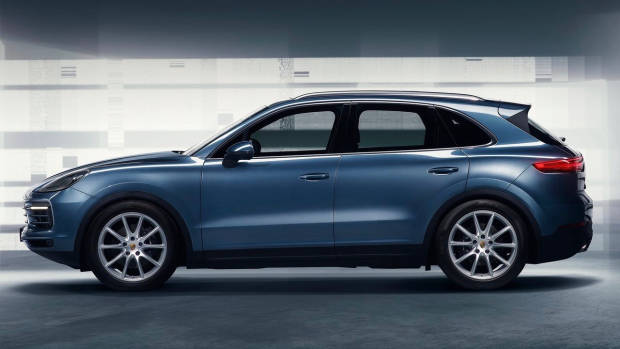
“We have completely redeveloped our successful model. It has been visibly and tangibly improved and perfected in all respects. The Cayenne has also been digitalised and networked throughout to give it a forward-thinking design”, says Oliver Blume, Chairman of the Executive Board at Porsche AG.
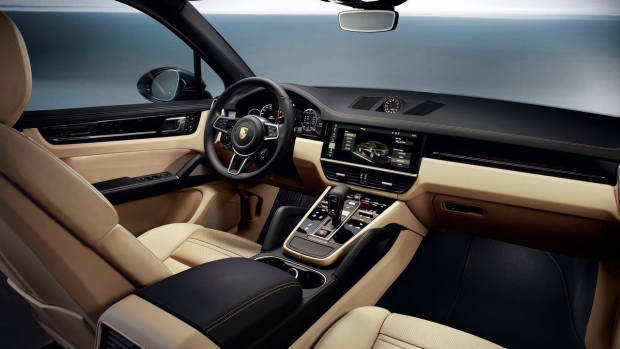
Like other Porsche models, the exterior of the new Cayenne follows an evolutionary styling pattern – it looks almost identical from the front, though the rear has been changed more, with Panamera-style tailights now sitting proudly on the bootlid. The devil, as always, is in the detail – all new Cayenne models feature LED headlights as standard equipment, with Porsche’s Dynamic Lighting System available as an optional extra, and a Matrix system available on top of that.
Inside the Cayenne has seen the most changes, with a new Panamera-like dashboard design that is much more modern than the model it replaces. A 12.3-inch infotainment system from the Panamera and new Bentley Continental GT is the centrepiece of the interior, with sleek air vents sitting below it. The centre console-mounted grab handles of the previous Cayenne have been carried over, with a slight emphasis on the Cayenne’s rugged ability mixed in with its even more sleek and luxurious cabin styling.
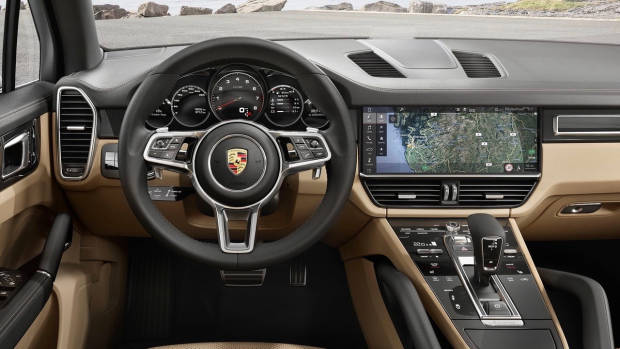
In addition to being lighter, the third generation of Cayenne is both longer and wider than its predecessor with its 4,918mm overall length 60mm longer than before, and its 1,983mm width 45mm wider. Its 2,985mm wheelbase length is unchanged however. The third-generation Cayenne’s extra length helps its practicality – its 770-litre bootspace with the rear seats up is 100-litres larger than before.
Initially at least, Porsche will offer the Cayenne in just two petrol variants: a 250kW/450Nm 3.0-litre turbo V6 entry-level model and a 324kW/550Nm 2.9-litre twin-turbo V6 S. Both variants are matched to an eight-speed automatic and all-wheel drive. Porsche lists fuel consumption as 9.2L/100km for the entry variant, and 9.4L/100km for the Cayenne S. Porsche also claims that the entry Cayenne will hit a 245km/h top speed, with the Cayenne S hitting 265km/h.
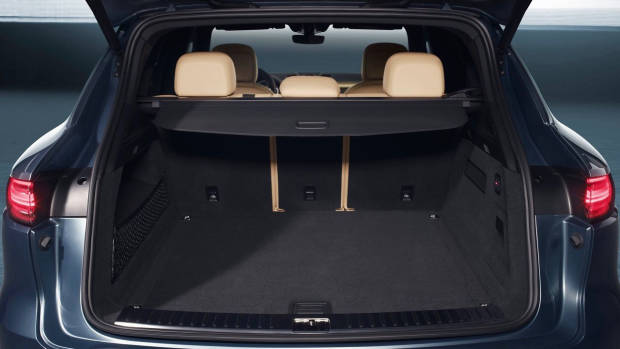
Porsche claims to have worked hard on the dynamics of the new Cayenne, with the electric power steering system from both the Panamera and 911 making its debut. Also making its debut from those two siblings is live rear axle steering to increase the car’s manoeuvrability and dynamic levels. A number of chassis-enhancing technologies are available too, with Porsche’s 4D Chassis Control, PASM and Dynamic Chassis Control all featuring as options.
The third-generation Porsche Cayenne will launch in Australia half way through 2018, with pricing and specifications due to be revealed before then. Porsche will no doubt add models to the Cayenne lineup in due course, with a Turbo, possible Turbo S, S Hybrid and diesel variants all tipped for this generation of Cayenne’s lifecycle.
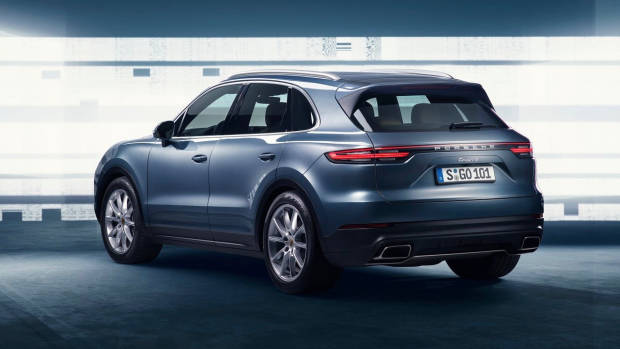
Stay tuned to Chasing Cars for news regarding the 2018 Porsche Cayenne and other debuts at the 2017 Frankfurt Motor Show.
Latest news
About Chasing cars
Chasing Cars reviews are 100% independent.
Because we are powered by Budget Direct Insurance, we don’t receive advertising or sales revenue from car manufacturers.
We’re truly independent – giving you Australia’s best car reviews.